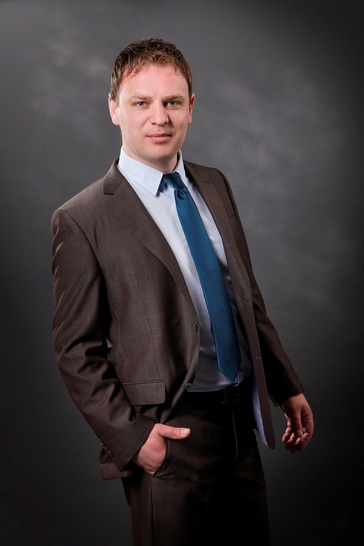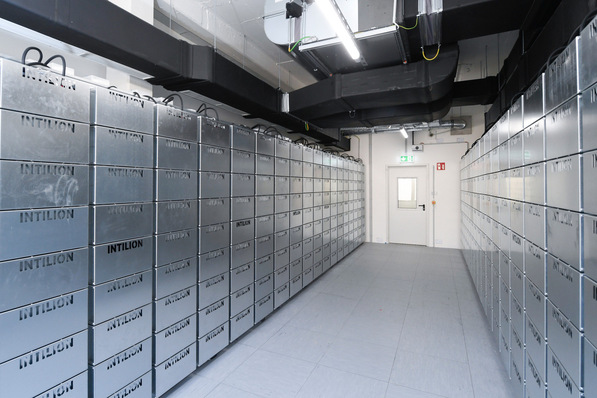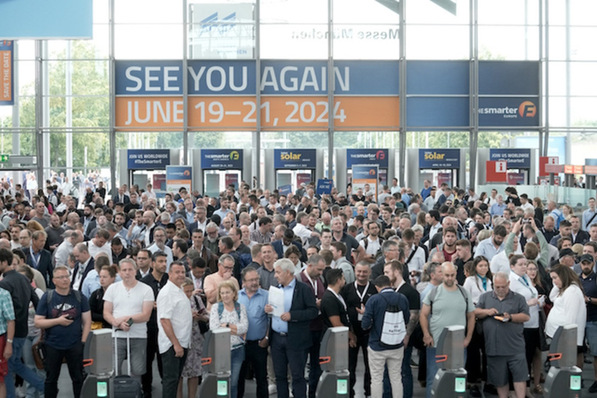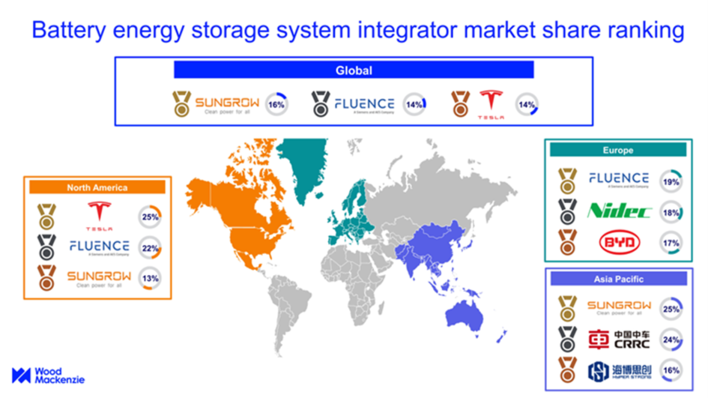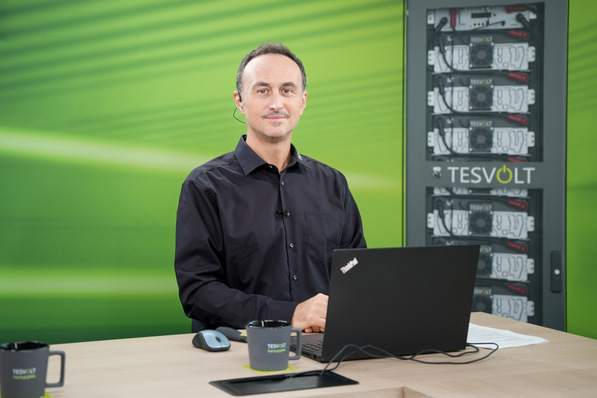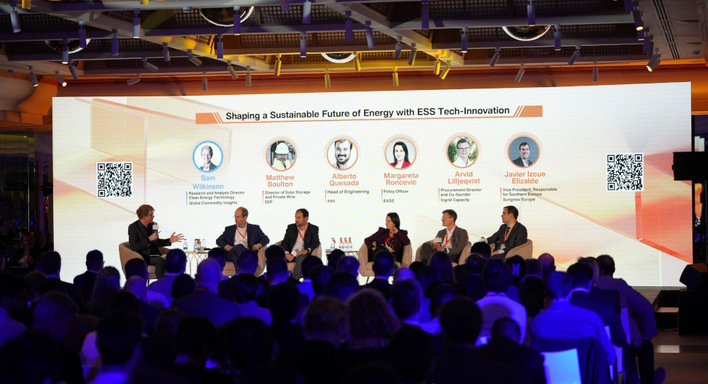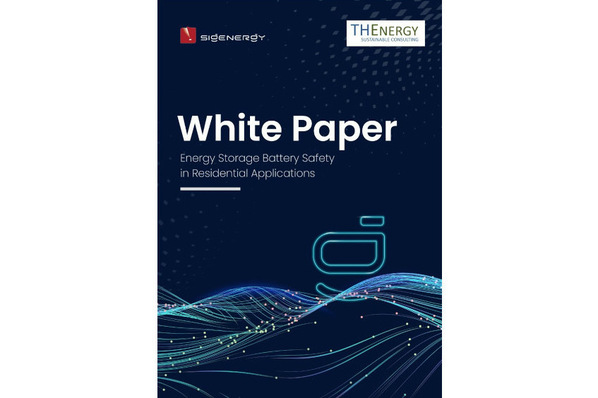pv Europe: Recently you received the Energy Award 2016 of GE and Handelsblatt in the category Smart Home for your energy partnership model. How does this work?
Franz-Josef Feilmeier: The energy partner model is based on a “smartphone-like” energy storage system as game changer for the relationship between utilities and customers. Instead of the traditional way: buying PV and a subordinated storage system, feeding in the surplus electricity for FIT, buying the rest electricity from the utility – whenever needed and without using the storage system for that - and finally being treated as a company with all taxes and reporting related to this, our target was to make this complicated construct, which is also not ready for 100 percent renewables, as easy as possible for the end customer. In our energy partner model the customer buys an intelligent storage system with PV. This is managed by the utility so that among own consumption the system provides grid services, which earns money. The utility uses this money to provide free kWh budgets to the customer, in our case 1000 kWh per year for free.
And what is the benefit for you and your customers?
The end customer profits from almost completely removed bureaucracy – currently the biggest hurdle for new PV installations. And of course the 1000 kWh free electricity per year support the business case for the customer quite well. Compared to other models, the energy partner model does not need any new monthly rates as the income based on 9 kW / 12 kWh storage system is much higher than for systems with smaller inverter power. Our business model is to enable utilities to offer such models to their customers, which paves the way for long-term customer relationships.
How do you finance that and how much can I save money as a customer?
With our FENECON Pro 9-12 storage system we provide 6 kW per system in a pool of many systems as primary control. With current prices in Germany of around 120 Euro per kW and year, this leads to a total income of around 720 Euro per year. Approximately half of this is needed for costs to connect the system with GSM, to pool and trade the flexibility and others. So finally we will have around 360 Euro per year available, from which we pay the 240 Euro per customer, corresponding to 1000 kWh at 0.24 Euro per kWh electricity price including VAT and all fees. So even with probably declining primary balancing power prices we can easily guarantee the 1000 kWh for the first five years, while the plan is of course to provide it for 20 and more years, maybe even increasing with expected changes in regulation and more flexibility needed in total energy system.
Can you give an example for that? What is the return of invest?
Typically, customers achieve one third of independency by PV own consumption. With storage, they achieve around two third while this can be increased with our intelligent energy management FEMS to approximately 75 percent. But the last 25 percent are needed mainly during the winter. So we let the storage system earn money and provide these 1000 kWh per year, which is in many cases already sufficient to reduce the kWh to be paid to (almost) zero. Prospectively customers will save 5000 Euro to 8000 Euro within system lifetime additionally to PV own consumption – covering already a major part of the investment. Anyway, we don’t calculate a return of invest, because for this we would need to estimate the future electricity price with the precondition that electricity costs will be the same in every hour of the year, which will for sure not be the case. Instead we will have different prices even on 15 minutes’ basis. We prefer customers to understand this future market and not attracting them by a deceit of all-year-stable electricity prices.
What are the technical requirements for this kind of intelligent energy management? What specifications does your systems and devices offer?
Storage systems achieve their profit mainly based on the kW of inverter power – and not with the kWh of the battery. This is clear to all commercial customers, anyway this is still rather new for many end customers. So with our 9 kW inverter power the technical basis is set. Then we need to have a flexible operation ability. Therefore, we looked at smartphone industry and copied their model: instead of only providing hardware with proprietary software, like Nokia did back then and which still is storage system standard now, we provide the hardware with our “FEMScore” open source firmware, on which different applications are running. Either our own apps or the apps from utilities or even car charging stations and others. So the real difference is the openness to such models, which is based on a superior hardware and warranty conditions allowing multiple applications.
Is there a high demand in Europe? How many customers participate in your energy partnership model?
I like to turn this question around. How far do you think we will get if we understand energy transition only with regard to slow down our own electricity meter for both feeding in and consumption, but not at all take over any responsibility for grid stability and energy market? So pooling storage systems and further flexibility is no “nice-to-have”, it is even a must. And as we know this, we like to equip our customers not with the “cell-phone”, means a small, easy system with slowing down the meter as only function, but we want them to have a “smart-phone” with superior hardware (3-phase, on-/and off-grid, high power, high capacity, fast reaction times, long warranty), which is the basis to participate in the internet of energy, for which old cellphones were not suited and many old-style storage systems are neither.
Are there still some regulatory barriers?
Yes, there are and there always will. But anyway there is always room for attractive models. The main barrier is the feed-in-tariff: this reduces or stops many business cases, even if these would be even more attractive than just 12 cents per kWh for a little surplus electricity. So we set-up the model without FIT, which provides great freedom for new things. Further barriers like 30 minutes’ requirement for German primary control compared to 15 minutes in most other EU countries will probably be taken away by the time, allowing the model to be more attractive and increasing the free budget to 1500 kWh or even 2000 kWh per year. As we are also cooperating with many utilities in other European countries, we can see that less or different regulation allows quite nice business cases with residential and commercial storage systems behind the meter.
Interview conducted by Hans-Christoph Neidlein
Related news:
http://www.pveurope.eu/News/Energy-Storage/Energy-storage-our-expert-s-interviews-at-a-glance

